Best
PERFORMER ELECTRONIC DRUM AMP
-
Overall: Compact personal drum monitor and amplification system
-
Best Feature: Powerful two-way active speaker system with 12" woofer and high-frequency driver
-
TedScore™: 8/10
Best
BEGINNER ELECTRONIC DRUM AMP
-
Overall: A 10" woofer and onboard tweeter deliver powerful full-range drum reproduction
-
Best Feature: Wedge design directs sound up to the seated player
-
TedScore™: 9/10
Best
AFFORDABLE ELECTRONIC DRUM AMP
-
Overall: Purpose-built 50-watt drum amplifier that's perfect for stage or practice applications
-
Best Feature: Additional non-EQ'd 1/4" aux input lets you connect a monitor feed
-
TedScore™: 8/10
Whether you’re a newbie exploring electronic drum kits or already playing live, the question is, “Do you need an amp for electronic drums?”
In your home studio, plugging into an existing sound system or headphones might suffice, but gigging or jamming with others calls for an amp that can carry your rhythm over the roar of guitar amps, bass amps, and a crowd’s voice.
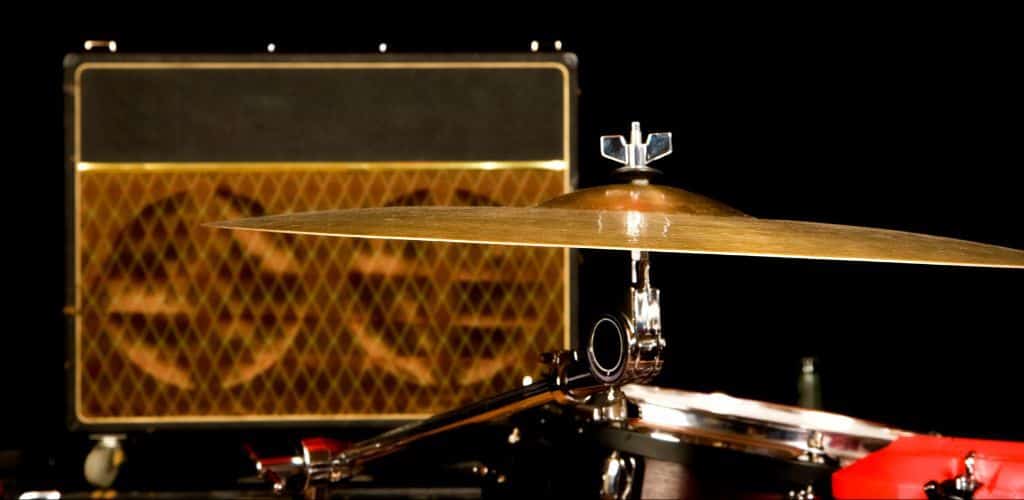
However, knowing the necessary amplifier for your digital drums can feel like a maze.
You need to know whether you choose the right or left path. Would you use an amp, or should you wear headphones instead? Should I buy online, or is going to a music store a better option?
As mind-boggling as it may be, I want to assure you that you don’t have to worry. Read on to learn about electronic amplifiers essential to every e-drum user!
Your electronic drum set is a modern instrument designed to be heard, but how you amplify the beats matters.
Understanding
Electronic Drums
Your journey into the digital beat begins with understanding e-drums, their unique components, and whether you need amplification to enjoy them fully.
Components of an Electronic Drum Kit
Your electronic drum kit consists of key pieces, each serving a specific purpose to mimic the experience of acoustic drums.
Pads and cymbals are designed with sensors that detect hits and translate them into electronic signals. These signals then trigger digital sound samples.
Modules, often called drum brains, are the heart of electronic drum sets in your kit. They process your input into sounds customized to suit your style.
A standard setup usually includes a snare, toms, a hi-hat, crash-and-ride cymbals, and a kick pad, all connected to this central module.
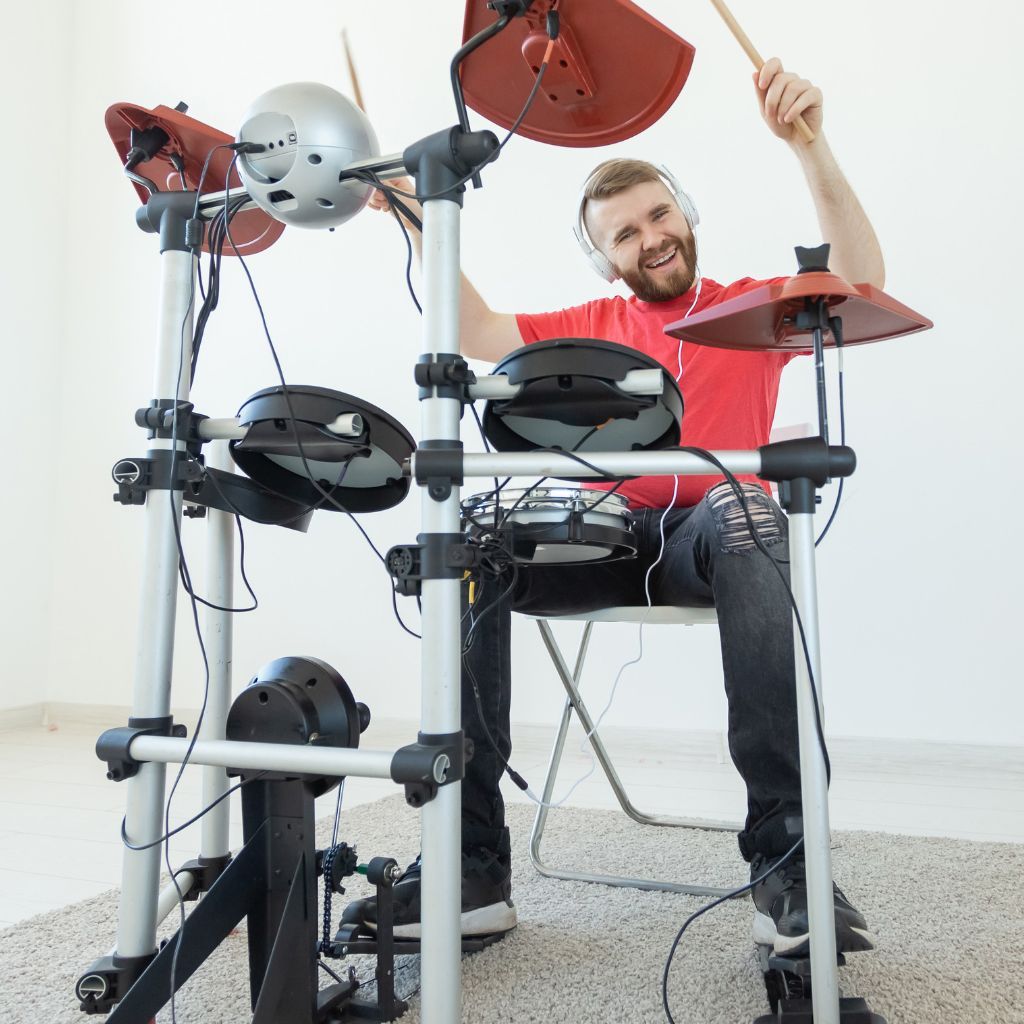
Do Electronic Drums Require Amplification?
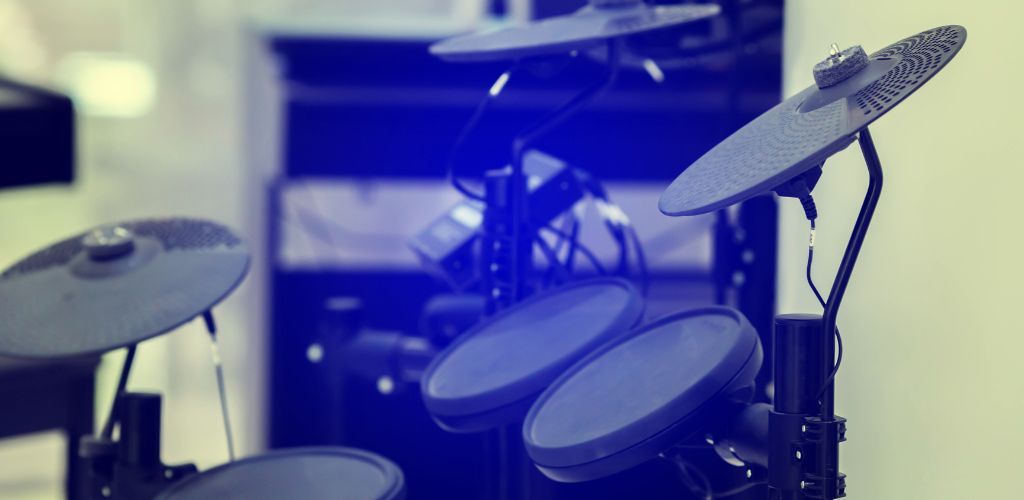
When you play electronic drums, the generated sound is electronic and not audible unless it’s projected through an amplifier or headphones.
If you’re practicing alone, wearing headphones or in-ear monitors might be your go-to for a personal audio experience.
But if you’re performing or jamming with friends, you’ll need amplification to share your rhythmic creations with your audience.
Amplifiers for electronic kits come in various shapes and sizes, each tailored to project your playing with clarity and punch.
Amplifying Your
Electronic Drums
When you rock out on your electronic drums, you want every beat to be heard loud and clear. The right amplifier can take your performance from the bedroom to the stage.
Choosing the Right Amp for Your Drums

Picking a drum amp isn’t just about volume but quality sound. Look for an amp specifically designed for electronic drums. This will ensure compatibility and a full range of sound.
Wattage matters based on where you play. A 20-30-watt amp is great for home practice, while you might need at least 200 watts for live performances.
Connectivity is key to high-quality drum sound. Make sure the amp has enough inputs and outputs to match your drum kit and any other gear.
Drum Amps, I Highly Approve and Recommend
Alesis Strike Amp Drum Amplifier
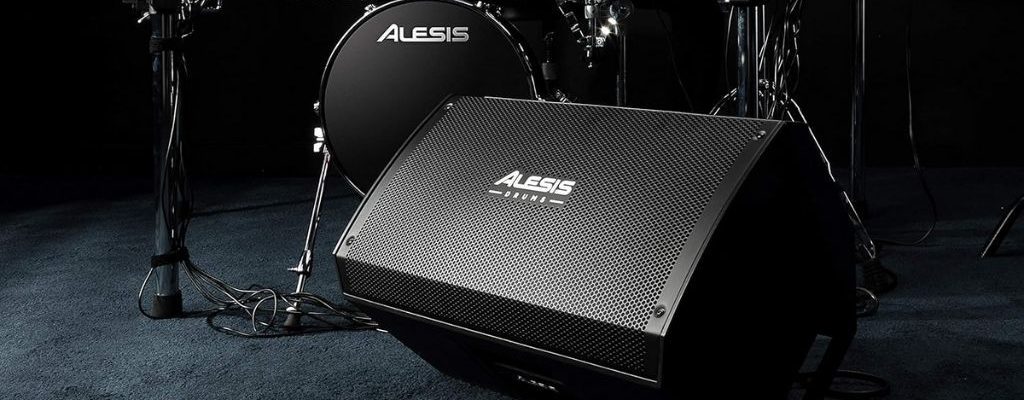
After countless gigs and rehearsals, my Alesis Strike Amp 12 has proven to be a beast. Its crisp highs and robust 2000-watt power make every drum beat thunderously clear.
Alesis Strike Amp 12 2000-watt 1x12 inch Drum Amplifier
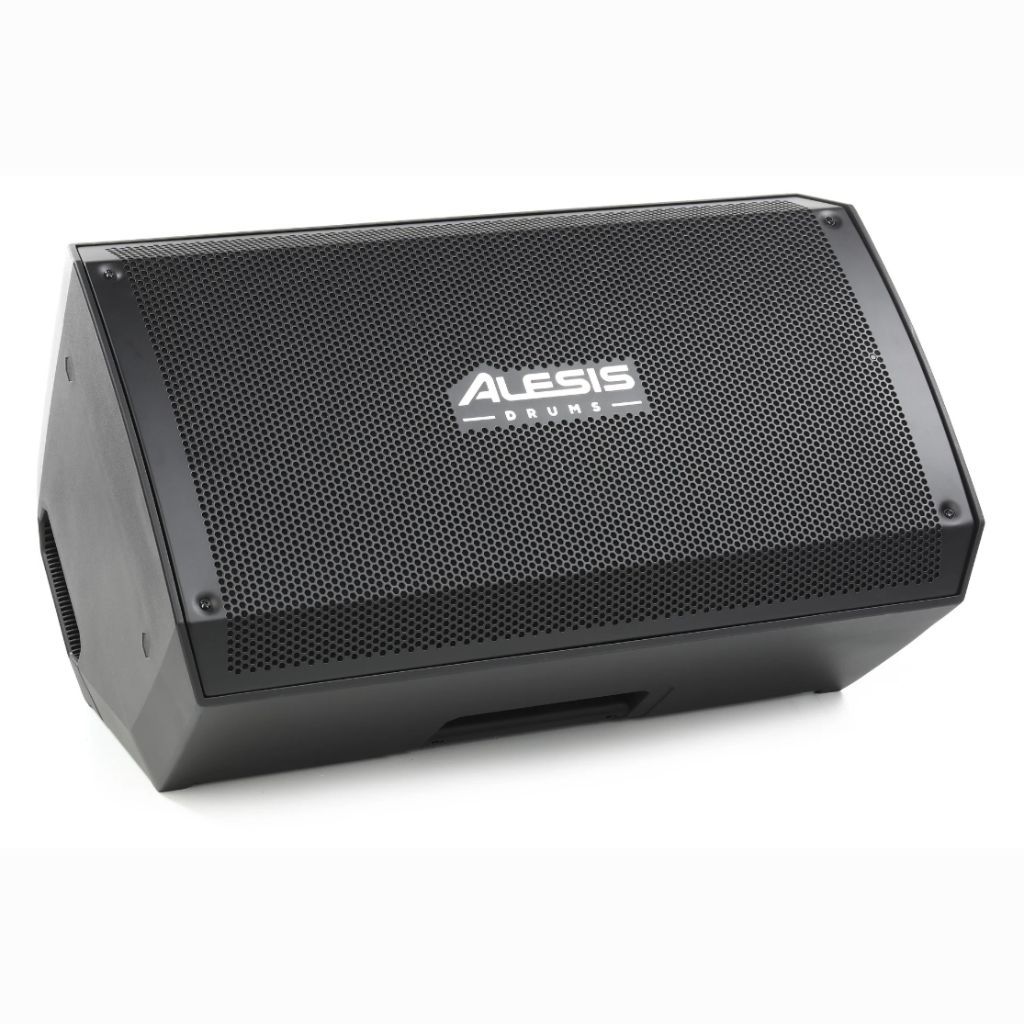
FEATURES: Compact personal drum monitor and amplification system
OTHER INFO: Powerful two-way active speaker system with 12" woofer and high-frequency driver
- Loads of output in a small package
- Molded side handles for easy transport
- Not suitable for home setup
When you click ‘Check Price’, you’ll see there are loads of great places to buy this item. Our personal favorite is Sweetwater for the US, and Thomann and Gear4Music for the UK & Europe.
They are the largest music retailers, with excellent customer service, competitive prices, really fast shipping, and the longest guarantees.
The professional musician who wrote this article combined many things,
from the product build, manufacturer’s reputation through to feedback
from other users, to create our famous TedScore™.
Roland PM-100 Personal Drum Monitor
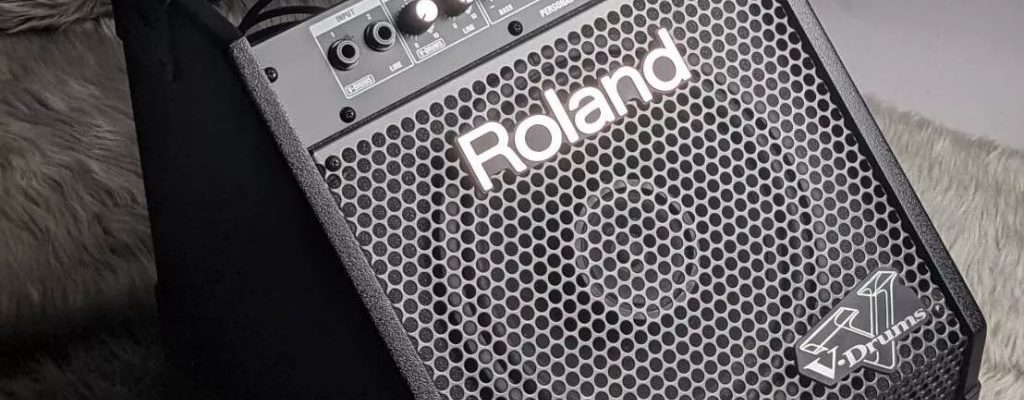
The Roland PM-100 drum monitor has been the perfect addition to my home setup, delivering rich and dynamic sound without overwhelming the space, even when I’m practicing at lower volumes.
Roland PM-100 80-watt 1x10 inch Personal Drum Monitor

FEATURES: A 10" woofer and onboard tweeter deliver powerful full-range drum reproduction
OTHER INFO: Wedge design directs sound up to the seated player
- Convenient carry handle
- Additional 1/4" and 1/8" inputs to jam with music players and other musicians
- No Cons!
When you click ‘Check Price’, you’ll see there are loads of great places to buy this item. Our personal favorite is Sweetwater for the US, and Thomann and Gear4Music for the UK & Europe.
They are the largest music retailers, with excellent customer service, competitive prices, really fast shipping, and the longest guarantees.
The professional musician who wrote this article combined many things,
from the product build, manufacturer’s reputation through to feedback
from other users, to create our famous TedScore™.
KAT Percussion Digital Drum Amplifier
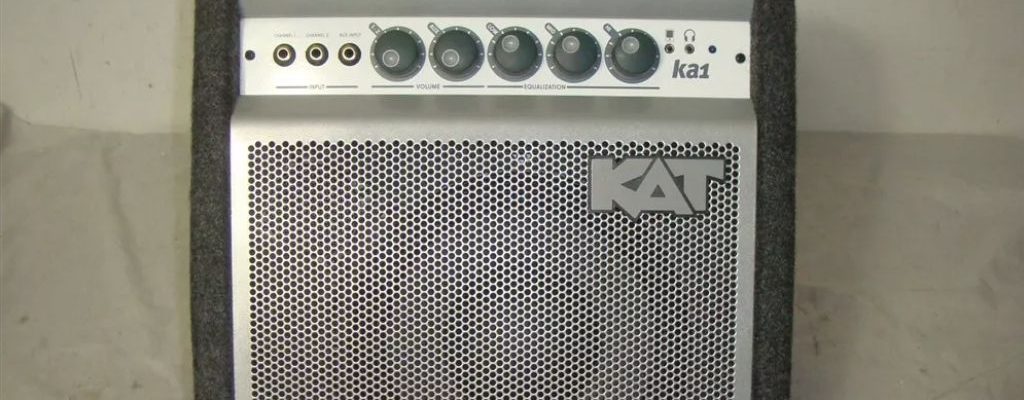
The KAT Percussion KA1 amp is an excellent choice for beginner drummers. It offers great sound quality and easy-to-use features, making it a hassle-free companion for your e-drum sessions.
KAT Percussion KA1 Digital Drum Amplifier
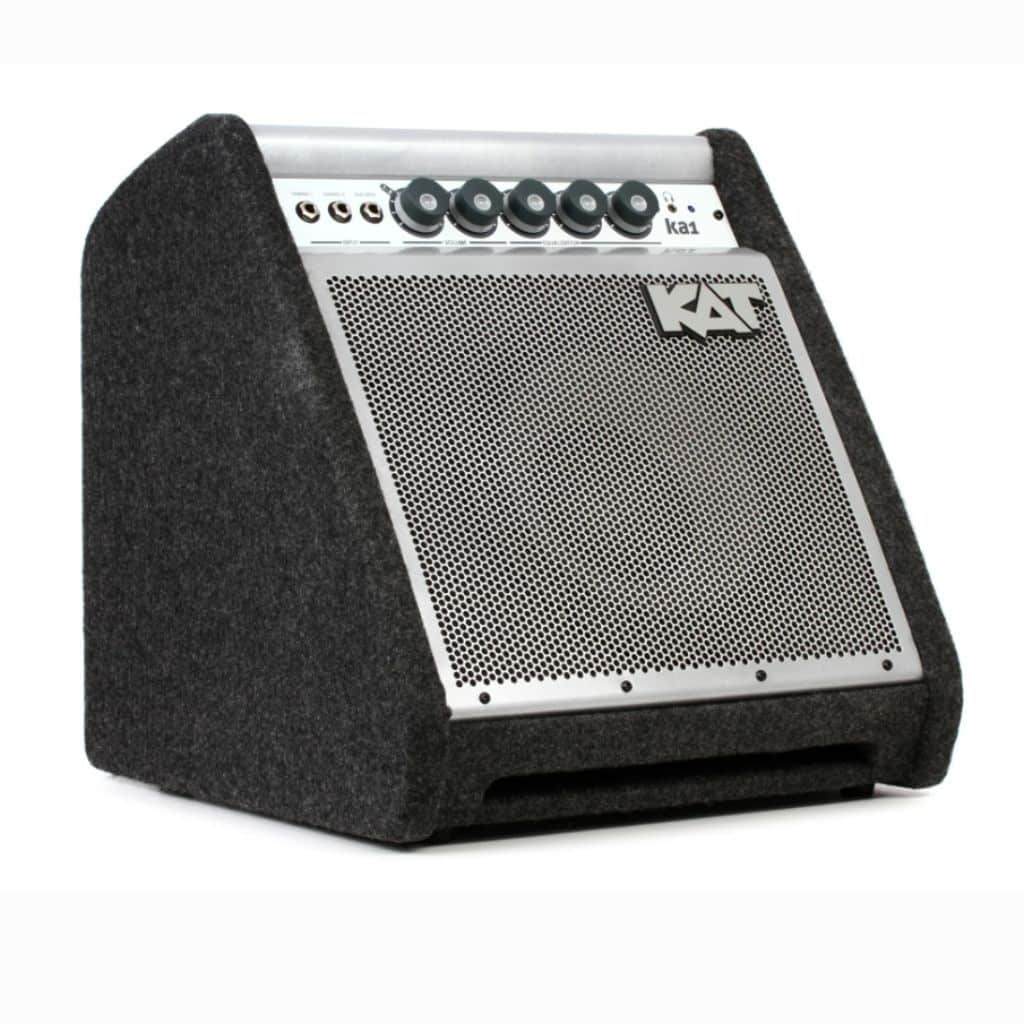
FEATURES: Purpose-built 50-watt drum amplifier that's perfect for stage or practice applications
OTHER INFO: Additional non-EQ'd 1/4" aux input lets you connect a monitor feed or other instrument
- Tilt-back design angles sound up at you without the need for additional stands or accessories
- Shape your sound with the onboard 3-band equalizer
- None!
When you click ‘Check Price’, you’ll see there are loads of great places to buy this item. Our personal favorite is Sweetwater for the US, and Thomann and Gear4Music for the UK & Europe.
They are the largest music retailers, with excellent customer service, competitive prices, really fast shipping, and the longest guarantees.
The professional musician who wrote this article combined many things,
from the product build, manufacturer’s reputation through to feedback
from other users, to create our famous TedScore™.
Do You Need an Amp for Electronic Drums:
Final Thoughts!

With the right amplification, your drum-playing experience can really shine. A dedicated amp ensures your beats punch through with clarity.
However, it’s not always essential. Depending on your practice space and audience, headphones or a PA system might suffice.
When you’re considering an amp, think about size and power. Your needs at home differ from those on a stage. Portability is key for gigs, while sound quality trumps all at a studio session.
A table can be handy to compare options:
- Home
- Small Gig
- Large Gig
- Studio
- Low
- Medium
- High
- Medium - High
- Small to Medium Combo
- Medium Combo or PA
- Powerful PA system
- High-quality Studio Monitor
In summary, align your amp choice with your drumming demands. Tailor it to your specific situation, be it bedroom practice, live performance, or professional recording.
Happy drumming, and let your beats be heard!
Wait! Before you go…
Additional knowledge of the musical instrument you are interested in is a great way to improve your skills. This next article will teach you the differences between acoustic and electric drums.
FAQ's
No, you don’t need an amp for electric drums, as you can use headphones or connect them to a PA system, but an amp can be useful for live performances or rehearsals in larger spaces playing drums.
For electronic drums, you’ll need a drum module, pads for the drums and cymbals, pedals for the hi-hat and kick drum, a rack or stand to mount them, headphones or an amplifier for sound, and potentially a drum throne and sticks if not included.
To connect your electronic drums to speakers, use an audio cable to plug the drum module’s output into the speaker’s input, ensuring the speakers are compatible and powered on to amplify the drum sound.
Drummers typically use amplifiers when playing electronic drums or drum kits in live settings or when they need to project their sound in a band mix, but not when playing acoustic drums, as they are naturally loud.










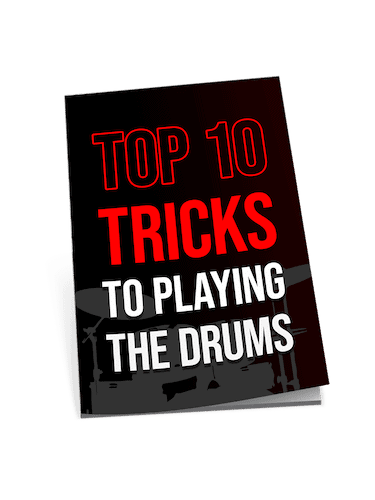
Interesting read. I was curious about electronic drum amplification for school projects. This helps.
Yo, this article’s on point. Been thinkin’ about incorporating electronic drums into my tracks, and it looks like the Alesis is just what I need. Big ups to Dave Danford for the breakdown, gonna make my beats even sicker.
Solid article. I’ve played on Alesis and Roland kits extensively and find that amplification can really make or break your sound. For those wondering, the amplifiers listed here are definitely some of the best you can get specifically tailored for electronic drums. Highly recommend hooking up a nice pair of headphones for personal practice too, to really hear the nuances.
Hey RhythmRookie, look into Audio-Technica M-series. Great sound quality for the price. Happy drumming!
good to know! any headphones you’d recommend that won’t break the bank?
Hey Dave, really appreciate the guide! Quick question – for apartment living, would you say the Roland PM-100 is quiet enough for neighbors not to complain? Thanks!